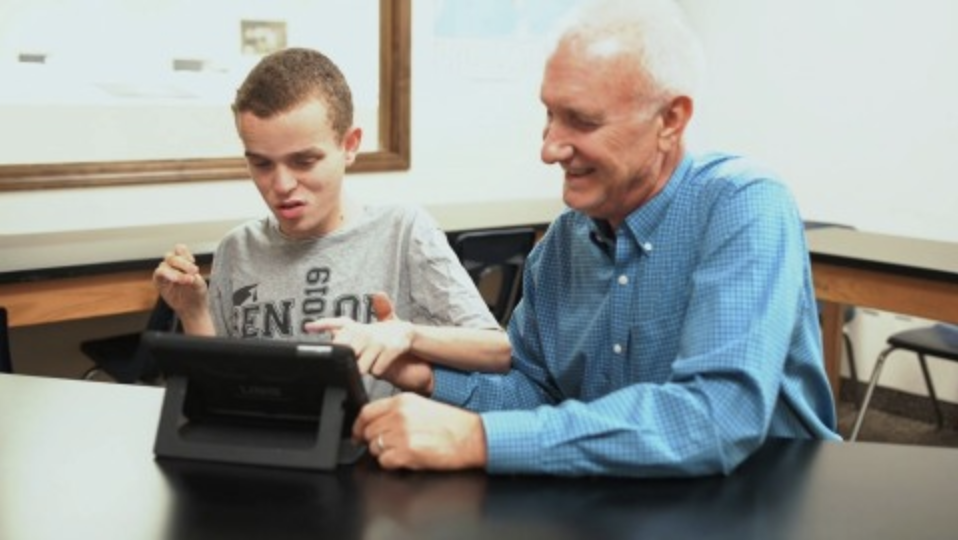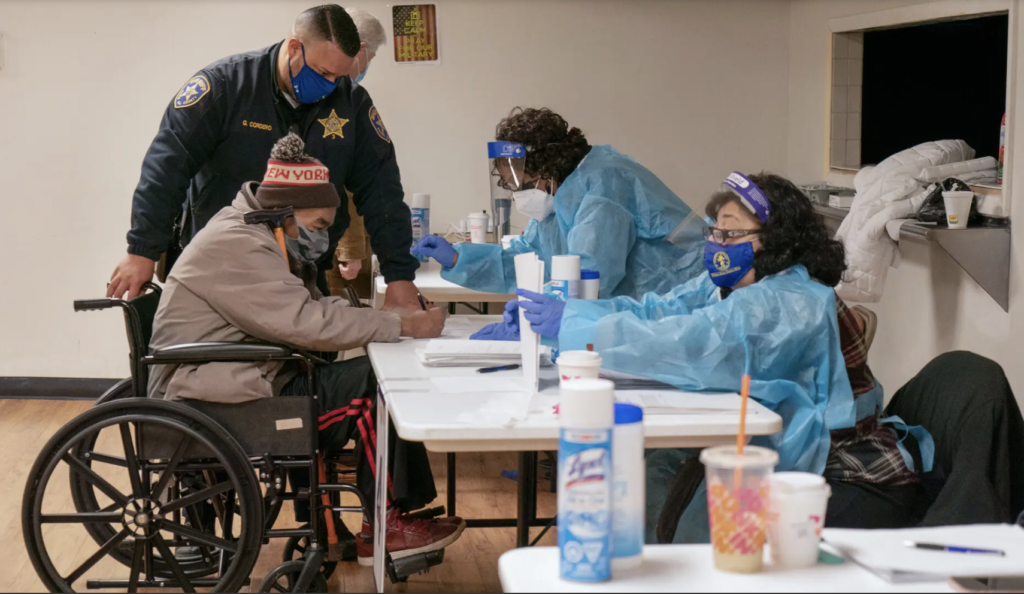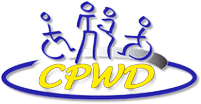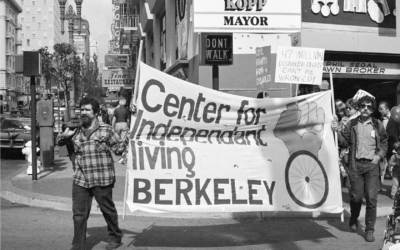July 26, 1990, marked a monumental moment in American history when President George H.W. Bush, Sr. signed the Americans with Disabilities Act (ADA) into law. This landmark legislation was a significant step towards dismantling barriers and ensuring equal opportunities for individuals with disabilities in various aspects of life. Over the past three decades, the ADA has profoundly transformed the country, fostering equity and inclusivity, and empowering millions of Americans with disabilities. However, despite these achievements, there remain ongoing challenges and current needs from the disability community that require further progress.
The ADA was a crucial response to the longstanding discrimination and marginalization faced by individuals with disabilities in the United States. The legislation sought to protect the civil rights of people with disabilities by prohibiting discrimination in various domains, including employment, public accommodations, transportation, telecommunications, and government services.
Changes Needed
While the ADA has undoubtedly been a game-changer, the disability community continues to advocate for further improvements to address ongoing barriers and challenges. Many advocates argue that existing accessibility standards need to be updated and strengthened to better reflect the needs and advancements of people with disabilities. Following is a quick look at some proposed changes and legislation that would improve accessibility and equity in the areas of technology, education, healthcare, and public transportation.
TECHNOLOGY
U.S. Senator Tammy Duckworth (D-IL) understands these needs all too well. She is an Iraq war veteran, purple heart receiver, and served in the armed forces for 23 years. In 2004 she lost her legs while piloting a helicopter in Iraq that was attacked. She now lives her life in a wheelchair.
“Every American is just one bad day away from being disabled,” she said recently, remarking on the normalcy of disability in general.

A young man with infantile cerebral palsy caused by a complicated birth sitting in a multifunctional wheelchair, using a computer with a wireless headset, reaching out to touch the touch screen.
According to AbilityNet, 90% of websites are inaccessible to people with disabilities who rely on assistive technology. In fact, two-thirds of e-commerce transactions are abandoned by people who are blind because of a lack of accessibility. These digital platforms are integral to various aspects of society, including employment, commerce, education, and public services. Senator Duckworth and U.S. Representative John Sarbanes (D-MD-03) have introduced a groundbreaking bill aimed at dismantling the significant barriers faced by Americans with disabilities while accessing websites and software applications. The Websites and Software Applications Accessibility Act is designed to strengthen the principles of the ADA. Under this proposed legislation, organizations and businesses already covered by the ADA, as well as commercial providers, would be required to maintain websites and software applications that are accessible to Americans with disabilities.
Blind and low-vision individuals have faced significant challenges accessing websites, leading to persistent advocacy for improvements over the years. Advocates supporting the bill highlight common issues experienced by this community, including the absence of proper labeling for images, buttons, and headings on websites. These critical elements are either unlabeled or mislabeled, making navigation difficult or impossible for blind individuals relying on screen readers, which audibly read labels and text fields.
This Act seeks to establish a clear accessibility standard while also creating a technical assistance center and advisory committee. The center and committee would offer valuable advice and guidance on the development and maintenance of accessible websites and applications. Furthermore, the legislation would authorize a study to investigate the impact of emerging technologies on the ability of individuals with disabilities to actively participate in society. Overall, this bill represents a significant step towards a more inclusive and equitable digital landscape, promoting equal opportunities and access for all Americans, regardless of their abilities. Currently, this bill has been introduced in the Senate but has not been voted on.
EDUCATION

Learn4Life graduate John B. received personalized support to help him achieve a high school diploma. A young man sits next to an older gentleman who is guiding his hand to the screen of a tablet on a stand. (Photo: Business Wire)
Another key issue people with disabilities need to be addressed is education and access to technology. Access to quality educational and assistive technology is critical for individuals with disabilities to thrive in this present era where so much learning in schools takes place digitally. Advocates are calling for increased investment in programs that support individual education programs (IEP), ensuring that students receive the support they need to succeed academically and beyond.
Senator Bob Casey (D-PA) and Representative Suzanne Bonamici (D-OR-1) have jointly introduced the Response, Innovate, Succeed, and Empower (RISE) Act (S.1071 / H.R. 2401). This legislation aims to streamline the process for students with disabilities seeking reasonable accommodations in higher education institutions. Under the RISE Act, colleges and universities would be required to accept a student’s existing individualized education program, accommodation plan, or prior evaluation as sufficient proof of disability. This provision would eliminate the need for students to undergo additional costly evaluations solely for documenting their disabilities to access reasonable accommodations.
The RISE Act also proposes funding for technical assistance centers, focused on training faculty members to better support students with disabilities in their academic pursuits. Additionally, the bill allocates resources to assist students with disabilities and their families, ensuring they receive the necessary support to excel in their educational journey. The RISE Act was introduced to Congress in 2021 but has yet to be voted on.
HEALTHCARE

Preparing for a coronavirus vaccination in Essex County, N.J. A person in a wheelchair wearing a face mask and a ski hat sits in front of a table with two nurses in PPE. Credit…James Estrin/The New York Times
Healthcare costs can be a significant burden for individuals with disabilities. There is a growing demand for affordable and accessible healthcare services to ensure that people with disabilities can maintain their well-being without financial hardship.
Individuals with disabilities face nearly double the likelihood of reporting unmet health needs, primarily due to obstacles in accessing healthcare. According to the Centers for Disease Control and Prevention (CDC), an estimated one in three adults with disabilities lacks a regular healthcare provider, and affording necessary medical care remains a significant challenge for many. During the pandemic, individuals with disabilities faced challenges in accessing medical care. For example, individuals with mobility impairments encountered difficulties in accessing testing centers, vaccination sites, and medical facilities, leading to delays in receiving necessary healthcare services. Additionally, a quarter of adults with disabilities did not undergo a routine check-up in the past year. These barriers have a detrimental impact, leading to increased rates of chronic illnesses and reduced life expectancy in this population.
The Health Equity for People with Disabilities Act proposes vital amendments to the Public Health Services Act Section 330, specifically focusing on community health centers. By incorporating these amendments, these centers will be better equipped to address the healthcare needs of individuals with disabilities within medically underserved groups and areas. The Act strives to enhance the quality of care provided by community health centers by offering them quality improvement grants. These grants will be instrumental in improving staff skills and ensuring that clinic settings and equipment are accessible, effectively reducing barriers to healthcare for people with disabilities. By prioritizing such initiatives, the Act seeks to expand the reach of accessible and high-quality healthcare services to millions of individuals with disabilities, thus fostering greater health equity in our society. This Act was introduced to Congress in 2022 and referred over to the Committee on Health, Education, Labor, and Pensions.
PUBLIC TRANSPORTATION

A man in a wheelchair is waiting for an elevator.
Accessibility always has and remains a key issue for people with disabilities. Whether it be buildings without wheelchair ramps, or old buildings constructed before the passing of the ADA, people with disabilities continue to face accessibility issues nationwide.
The All Stations Accessibility Program (ASAP) Act, introduced by Senator Duckworth in May 2021, aims to enhance accessibility in public transportation systems for individuals with disabilities. It establishes a grant program to support local transit authorities and commuter rail systems in upgrading existing stations to meet or exceed ADA standards. According to the Federal Transit Administration, approximately 20 percent of transit stations were not ADA accessible as of 2019, making the act’s provisions crucial for increasing accessibility.
The Bipartisan Infrastructure Deal will allocate $1.75 billion over five years to support legacy transit and commuter rail authorities in making these upgrades and renovations. The Biden Administration recognized the importance of Senator Duckworth’s ASAP provisions, including them in its fact sheet titled, “Top 10 Programs in the Bipartisan Infrastructure Investment and Jobs Act That You May Not Have Heard About.” The act garnered support from a coalition of 18 State Attorney Generals, highlighting its importance in making public transportation more accessible to passengers with disabilities. With these provisions in place, the nation takes another step towards ensuring equal opportunities for all individuals, regardless of their abilities, in utilizing public transportation services.
The ADA has been a groundbreaking piece of legislation, marking a significant milestone in the journey towards a more inclusive and equitable society for individuals with disabilities. It has brought about positive changes in various aspects of life, enabling millions to participate more fully in society. However, the work is far from over. The bills and acts highlighted in this article are just a few examples of the work being done to continue to bridge the gap of inequality for people with disabilities. The disability community continues to advocate for new changes, seeking to further break down barriers and create a future where every individual, regardless of ability, can thrive and reach their full potential. As we move forward, it is crucial to listen to the voices of people with disabilities, learn from their experiences, and work together to build a more accessible and inclusive society for all.





